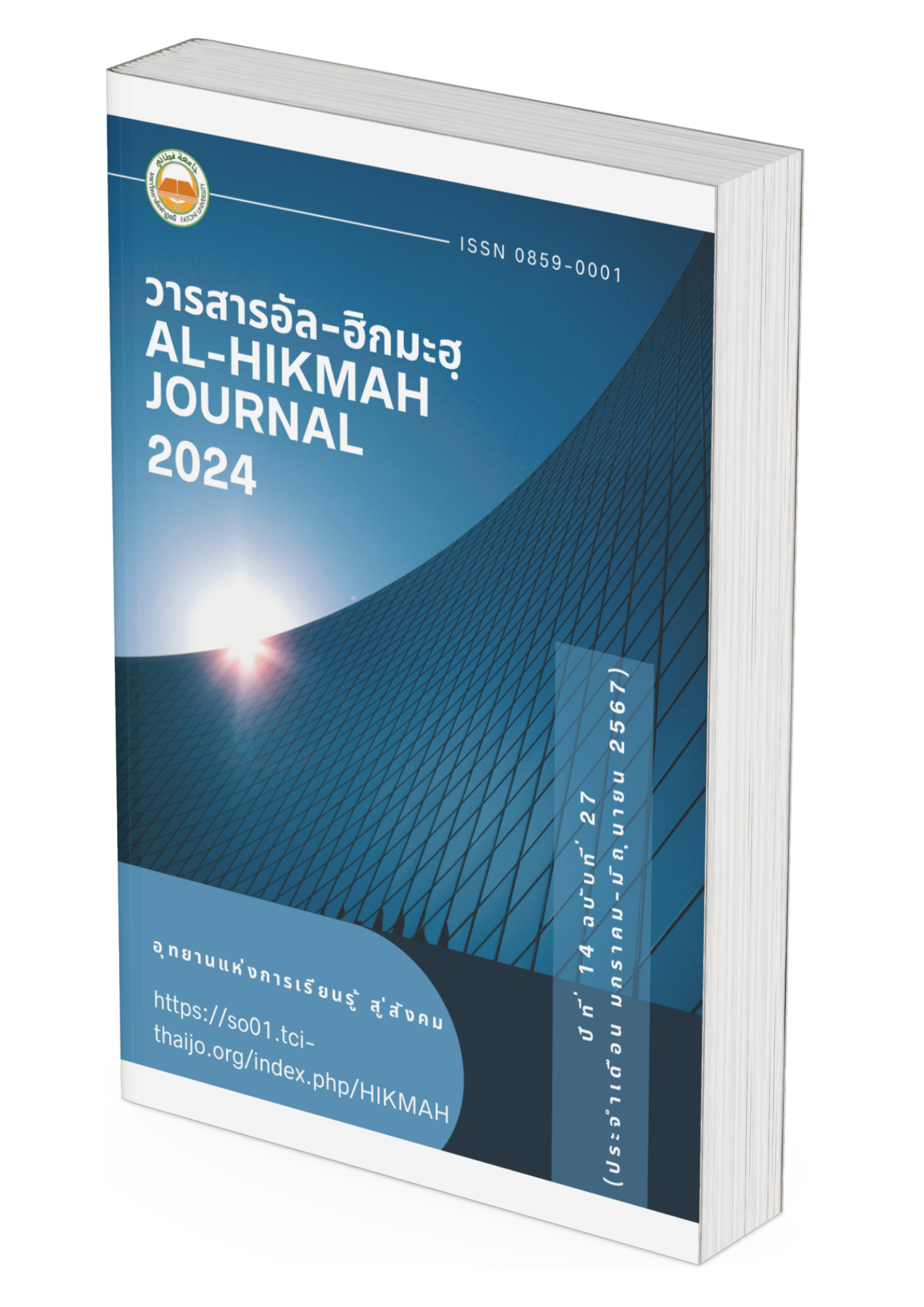Effect of Duration of Artificial Insemination with Fresh Semen on Egg fertility Rate and Hatching Percentage of the Betong Chicken.
Keywords:
fresh semen, Artificial Insemination, Egg fertility Rate, Hatching percentage, Betong chicken.Abstract
The objectives of the study were to study the Effect of Duration of Artificial Insemination with Fresh Semen on Egg fertility Rateand Hatching Percentageof the Betong Chicken. The correlation sperm motility of Batongchickens male from five 56-week-old used at a concentration of 200 million cells/0.1 ml. was determined. The experimental design was performed on RCBD; 5 blocks of pool semen (6 cocks per block) and Each group received the following treatment: Group 1 inseminated semen 2 days/time (every other day) (control group) Group 2 inseminated semen 3 days each time Group 3 inseminated semen 5 days each time Group 4 inseminated semen IVF was administered 7 days per time and group 5 was injected with insemination semen 9 days per time. The results showed that insemination was 3 days/time. The adhesion rate was closest to the control group. Statistically significant (P<0.01) higher than other treatments. And the percentage of hatching is higher than 90 percent.
References
มงคล คงเสน. (2551). ผลของความถี่ในการรีดเก็บน้ำเชื้อต่อคุณภาพน้ำเชื้อ และผลของความถี่และจำนวนตัวอสุจิในการผสมเทียมด้วยน้ำเชื้อสดต่ออัตราการมีเชื้อของไข่ ในไก่ไข่ลูกผสม. วิทยานิพนธ์ปริญญาวิทยาศาสตรมหาบัณฑิต, มหาวิทยาลัยสงขลานครินทร์.
มงคล คงเสน, วรวิทย์ วณิชาภิชาติ, สยาม ขุนชำานาญ และอัจฉรา นิยมเดชา. (2556). วิธีการรีดเก็บน้ำเชื้อและการผสมเทียมในไก่พื้นเมืองไทย. วารสารมหาวิทยาลัยนราธิวาสราชนครินทร์. ฉบับพิเศษประจำปี 2556. 132-146.
มงคล คงเสน และสุนีย์ ตรีมณี. (2556). ผลของจำนวนตัวอสุจิที่ใช้ในการผสมเทียมด้วยน้ำเชื้อสดต่ออัตราการผสมติดของไข่ ในไก่เบตง. วารสารวิทยาศาสตร์เกษตร, 44 (1พิเศษ), 343-350.
นิรันดิ์เกียรติ ลิ่วคุณูปการ. (2565). การจัดการห่วงโซ่คุณค่าการเลี้ยงไก่เบตงเพื่อลดความยากจนในพื้นที่สามจังหวัดชายแดนใต้.วารสารอัล-ฮิกมะฮฺ. มหาวิทยาลัยฟาฏอนี. 12(23), 15-31
Blesbois, E., I. Grasseau,I.&Heumier, D. (1999). Change in lipid content of fowl spermatozoa after liquid
storage at 2 to 5 o C. International J. animal reproduction, 52(2), 325-334.
Burrows, W.H. & Quinn, J.P. (1937). The collection of spermatozoa from the domestics fowl and turkey.
J. poultry science, 16(1), 19-24.
Froman, D. P. & Thurston, R. J. (1984). Decreased fertility resulting from treatment of fowl spermatozoa with neuraminidase or phospholipase C. J. Poultry Science, 63(12), 2479–2482.
Fujihara, N. & Koga, O., (1984). Prevention of the production of lipid peroxide in rooster spermatozoa. Journal Animal Reproduction Science, 7(4), 385–390.
Quinn, J.P. & Burrows, W.H. (1936). Artificial insemination in fowls. J. Heredity, 27(1), 31-37.
Thurston, R. J., Korn, N., Froman, D.P., & Bodine, A. B. (1993). Proteolytic Enzymes in Seminal Plasma of Domestic Turkey (Meleagris Gallopavo). J. Biology of Reproduction, 48(2), 393–40
Downloads
Published
How to Cite
Issue
Section
License
Copyright (c) 2024 Al-HIKMAH Journal

This work is licensed under a Creative Commons Attribution-NonCommercial-NoDerivatives 4.0 International License.



